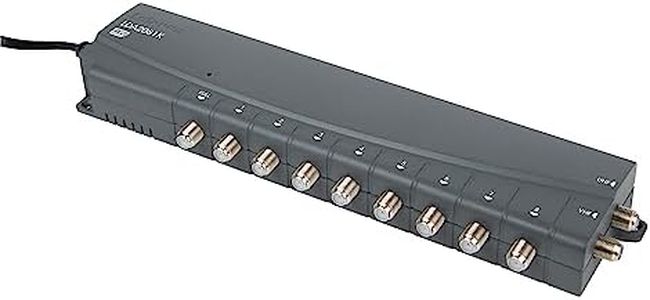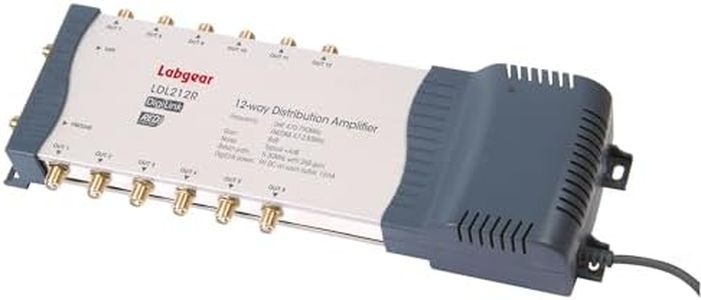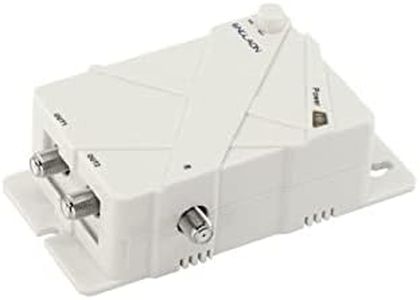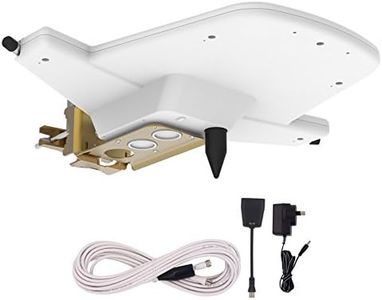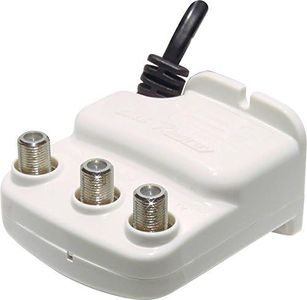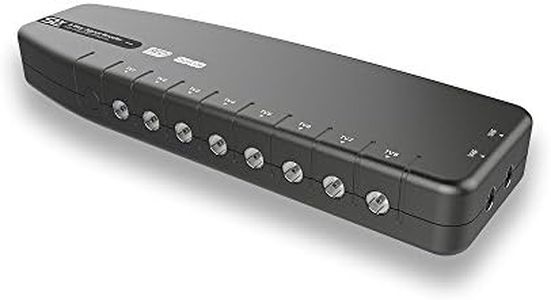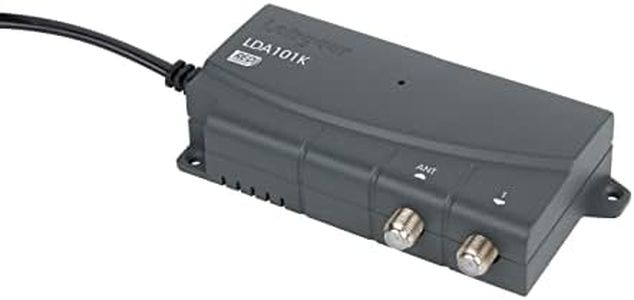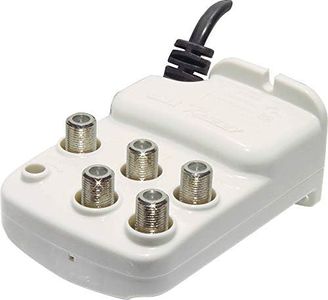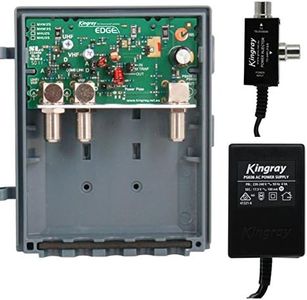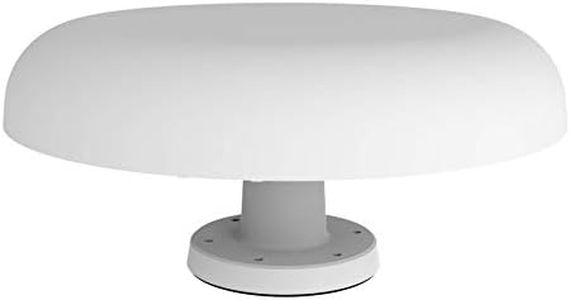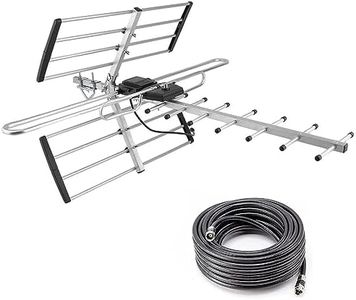We Use CookiesWe use cookies to enhance the security, performance,
functionality and for analytical and promotional activities. By continuing to browse this site you
are agreeing to our privacy policy
10 Best Booster For TV Antenna
From leading brands and best sellers available on the web.Buying Guide for the Best Booster For TV Antenna
When it comes to watching TV with an antenna, sometimes the signal you receive isn't strong enough, resulting in poor picture quality or fewer channels. A booster for a TV antenna, also known as an antenna amplifier, can help by increasing the strength of the signal that your TV receives. However, choosing the right booster involves understanding a few key features that will determine how well it fits your needs and home setup. It's important to know that not every home or antenna will benefit equally from a booster—sometimes using one where it's not needed can actually reduce quality due to too much amplification. Let’s break down the main features you should consider when picking a TV antenna booster.Gain (dB)Gain, measured in decibels (dB), tells you how much the booster increases the signal strength. A lower gain (around 10-15 dB) is suitable for situations where the antenna is already picking up a decent signal or is relatively close to the broadcast towers. A medium gain (15-25 dB) works well for homes a bit further from towers or with some minor obstructions like trees or buildings. High gain (over 25 dB) is for areas very far from broadcast towers or with significant signal blockage. To pick the right gain, think about how many channels you currently get, the distance to the nearest broadcast tower, and whether your picture often drops out. More gain isn't always better—using a high-gain booster in a strong signal area can cause interference, so try to match your needs.
Noise FigureThe noise figure measures how much extra noise—unwanted signals—an amplifier might add. Lower values (1-3 dB) mean cleaner amplification, preserving the quality of the TV signal. Higher noise figures can sometimes reduce the overall benefit of boosting the signal, especially if the incoming signal is already weak. When in doubt, look for a booster with a low noise figure to avoid diminishing the clarity and reliability of your TV channels.
Frequency RangeTV signals come in two main bands: VHF and UHF. The frequency range of a booster tells you which signals it can amplify. Boosters that cover both VHF and UHF frequencies offer the most flexibility, since most modern digital signals use either or both. If your antenna only receives UHF or VHF, or if you know which channels you need, make sure the booster's range matches. For most users, a wide frequency range is best, ensuring you don’t miss out on any channels.
Number of OutputsSome boosters have more than one output, allowing you to connect multiple TVs to the same antenna and booster system. If you plan on watching TV in several rooms, look for a booster with multiple outputs. If you only have one TV, a single output is all you need.
Power Supply TypeAntenna boosters need power to work, and they typically use either a plug-in power adapter (external) or power sent through the coaxial cable from your TV or a separate power injector (inline). External power adapters are straightforward but can limit where you place the booster. Inline boosters are more flexible in placement. Think about where your antenna and TV are situated when deciding which power type suits your setup best.
